Dissolve is pleased to share the release of our most recently printed book, The Demise of Alice by Evelyn Grace Vex. Vex is the pen name of Grace Hannah Perez, an author and artist from Southern California. The novel—a noir mystery set against the backdrop of New Orleans in the late 1920s—was edited by Christopher Squier and Jackie Valle and published by Dissolve in hardcover in February 2024.
Jackie Valle considers a series of rarely exhibited paintings made by the exile artist Carl Heidenreich in the early 1960s, following his arrival in New York alongside refugee-émigrés Hannah Arendt and Heinrich Blücher.
Dissolve is thrilled to share the print publication of Marina Tëmkina’s poem “Boys Fight,” co-published by Winter Editions and Alder & Frankia.
Artist and Dissolve contributor Na Chainkua Reindorf represented Ghana in last summer’s Venice Biennale as part of the exhibition Black Star – The Museum as Freedom. Her installation transformed the architecture of the pavilion into a mythic garment of glass and plastic beads, fiberglass, and steel cabling, weaving together West African masquerade traditions with concepts of bodily autonomy and adornment. In a related gesture, artist Simone Leigh disguised the US pavilion’s neoclassical columns and brick façade in a hybrid form of architecture-as-garment based in the traditions of Guinean ritual dress and the Paris Colonial Exposition of 1931. In combination, the two artists highlight the critical and ambiguous functions of masquerade to tackle issues of authority, sovereignty, myth, and scale.
Dissolve invites you to consider the dirt and grease that comprise much of the matter by which industrial and postindustrial landscapes are made. In “The Anthrobscure: Earthworks, Coal Mines, and Michel Gérard’s Geological Investigations of the Underground,” Christopher Squier uses the “Anthrobscure” as a framework for examining artworks that operate outside of the often pristine landscapes of today’s Land Art destinations. The essay rearticulates the Anthropocene as a visual experience which moves one toward obscurity; we are in an optically-centered era that employs strategies of obfuscation to cover, stratify, and sanitize its contaminated landscapes.
As we enter another year, Dissolve invites you to partake in Annette Messager’s work and reflect on the flesh, marrow, and sinew existing at the interior of life. Messager’s immersive installation Penetration brings the beholder inside of the body into a forest of organs. The work takes up the iconography of anatomical illustration, a specific tradition of knowledge production that calls for re-examination considering our recent and ongoing experience of the COVID-19 pandemic, and, more specifically, the imaging of the virus. In this essay, Kathryn Barulich interrogates how the body and selfhood might be conceived of differently.
On Patreon, we will share new selections in the form of art-making prompts, recommended readings, art chats, and thoughtful responses to our “Dear Dissolve” advice column.
Dissolve is pleased to announce the online publication of Marina Tëmkina’s poem “Boys Fight.” Here, one finds a taxonomy of masculinity in Tëmkina’s inventory of big boys, old boys, mainstream boys, golden boys, and girls who look up to boys—all combative, doing intellectual battle, raging and sparring, and driven. Tëmkina’s lines are paired with the mixed-media drawings of Michel Gérard, which take their cue from an illustration of boxing techniques in the Nouveau Petit Larousse Illustré, a popular and practical French-language encyclopedic dictionary first published in 1905. Read the announcement here.
As an art collective and curatorial project, Dissolve is thrilled to announce an updated website, a restored Bureau of Longitudes, and the first of our new programs, the Dissolve Salon.
Dissolve was on an extended hiatus from 2019-2021 and is pleased to return with new projects, offerings, and a fresh digital patina. Take a wander through our website, full of Happenings (news), Musings (essays, interviews, and reviews), a Salon (of offerings), and Past Issues, some of which we have recollected and re-released here.
We’re excited to announce that The Bureau of Longitudes ‘Volume I’ has been archived online at Dissolve’s main site. As many of us emerge from our slumbers and the isolation of the past few years, Dissolve has been busy. We’ve taken this period to resurface our 2016-2018 archive of writing, includingThe Bureau of Longitudes . Read this volume under our “Past Issues.”
The cold hand of Death has taken hold, as we always knew it would, and Dissolve must come to an end. As such, we would like to solicit written and creative works based on themes of memory and mourning. We hope to honor Dissolve as a project, community, and creative exercise.
Out now, the sixth issue of Dissolve is titled Pre/histories of Protest. A four-part issue addressing the long history of activism and feminism on the anniversary of the 2017 Women's March protests around the globe, Issue 6 includes writing by Kathryn Barulich, Harper Brokaw-Falbo, Christopher Squier, and the Undertaker.
The Bureau of Longitudes is a new office of Dissolve: a site for archiving accounts of place in various languages, organized by each topic’s degrees of longitude. Working with editors based in San Francisco and Mexico City, the Bureau is interested in alternative approaches to cartography and place-making (i.e. affective, nonvisual, Marxist, feminist, queer).
Direct from the ELSE Foundation’s symposium at Casa Maauad in Mexico City. As part of our presentation, we shared an evocative video piece from our interview with curator Shaghayegh Cyrous for Trace, Shirin Abedinirad and Dionne Lee’s video Before Getting on With the World Again, which shows clouds merging and crossing through each other above two disparate points on the globe, Tehran (Iran) and Oakland, California (US). We also shared a poem by Moira Roth, written in English and translated into Spanish for our fifth issue on Cartographies.
Dissolve is thrilled to join the Transart Institute for Creative Research and the ELSE Foundation in their symposium on contemporary approaches to cartography and global entanglement. The symposium will take place at Casa Maauad in Mexico City on January 13 to 14, 2018 and will culminate with an issue of ELSE Journal. We invite you to join us.
We are compiling a collection of essays reflecting on the women's march of January 21, 2017, touching on the march's strategies of dissent and identity formation/identification that emerged, including approaches to and awareness of gendered culture, both nationally and locally, within the art world and at its margins.
We are accepting on a rolling basis written and visual responses to posted image(s) on the homepage. A rotating selection of Call and R(SVP) images will be posted periodically in the Echo Chamber. Responses may engage with art history and theory, visual culture, current events, or any variety of other disciplines.
Mapping the Unmappable / Mapeando lo intrazable is the result of a particular collaboration across geographic and linguistic lines. Bogotá-based editor, Juan Pablo Pacheco, worked with three distinct Colombian voices, while Dissolve worked with three voices based, more or less, in the Bay Area. All of the articles, published in both Spanish and English, have been translated in order to compile two iterations of the issue, mirroring each another—with both Spanish and English texts.
Come celebrate Dissolve's first lap around the sun at Embark Gallery on Friday, August 18th!
Cartography is the study and practice of mapping: charting or bringing together a set of elements or qualities according to an ideal, formula, or model (conceptually, diagrammatically, and socially). Consider how spaces, ways of movement, experiences, and routes become entangled in forms of knowledge production. Many mapping projects present social imaginaries, determining topographies and social structures of power which lead to alternative imaginations of space, place, and the body. What can cartographies do in social, visual, and textual imaginaries?
In conjunction with the launch of its fourth issue, based on the screen as mediator, proxy, shape-shifter, and cipher, we invite special guests from The National Gallery of San Francisco who will give a brief presentation on their growing collection and exciting exhibition schedule. There will be performances and de-screenings throughout, including video pieces by Diana Li and Simón García-Miñaúr, related to the pieces included in the issue.
Dissolve was delighted to celebrate its third issue which examined haptics, or touch, as it is experienced, overlooked, displaced, and reimagined through the artworks and articles of nine recent contributors.
Often disguised as a blank slate, the digital screen frames our interactions, realities, and socio-political formations. Sometimes a lens, sometimes a medium, how does the screen perform?
In Issue 3, Dissolve continues to expand our community and the scope of our content. For this issue, we address the theme of haptics as it relates to specific sites, spaces, works, and their tangents.
Please gather with us for a celebration of the second issue of Dissolve — at the podium with presentations by Kathryn Barulich, Alex Lilburn, and Alex Cruse; about and around with artistic derives by Saniya Talhouk, Hadar Kleiman, Sai Li, and Clay Days; and through a soundscape mixed by Noble, Nolan Jankowski, and Daniel Melo.
After an exciting first few months, we are so pleased that our community of art thinkers is expanding. We continue to feel the love that we enjoyed at our wonderful launch party at Adobe Books on August 13th. We would especially like to thank our guests who attended the party, R/SF for their partnership, and Adobe Books & Arts Cooperative, who generously donated the space and on-site assistance for the evening. We were able to raise enough funds to host the site for a year and cover the cost of the launch event. It is so delightful to see this project take shape – it would have been impossible without our friends and supporters. We are so grateful.



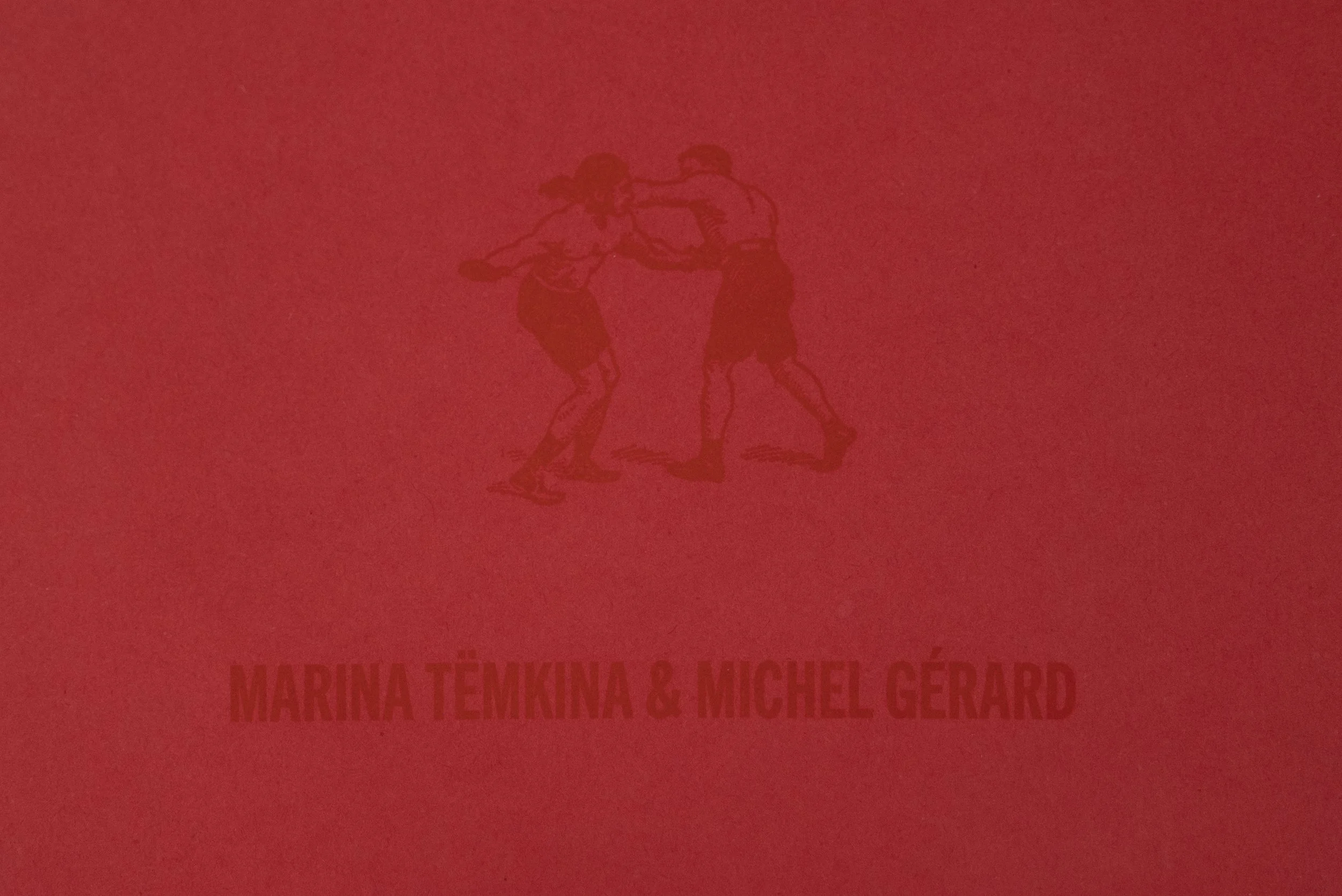

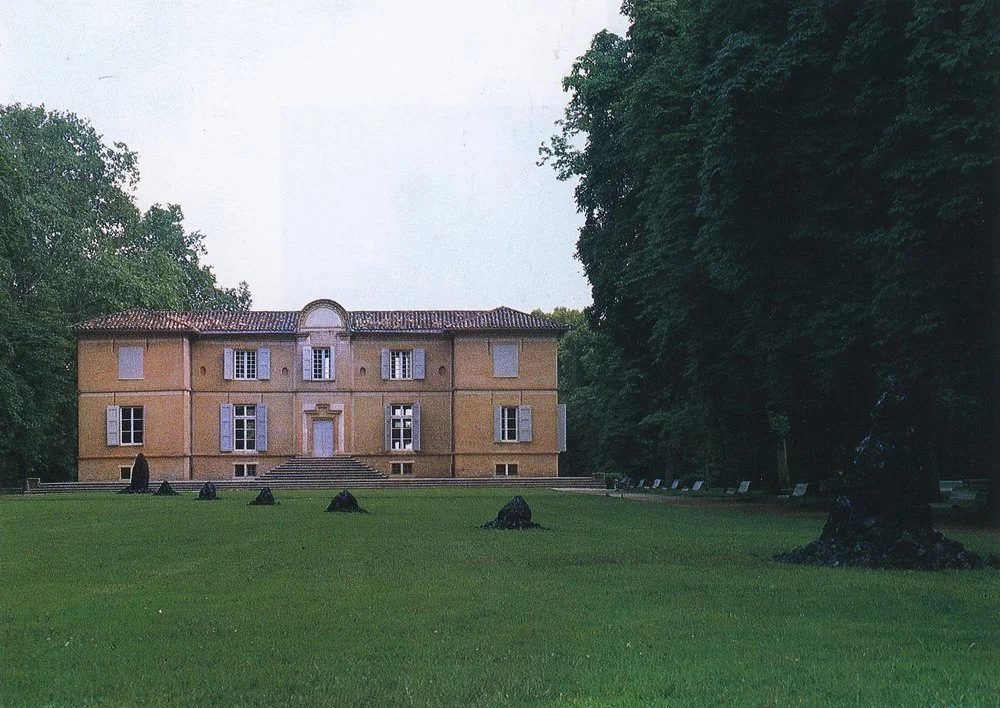



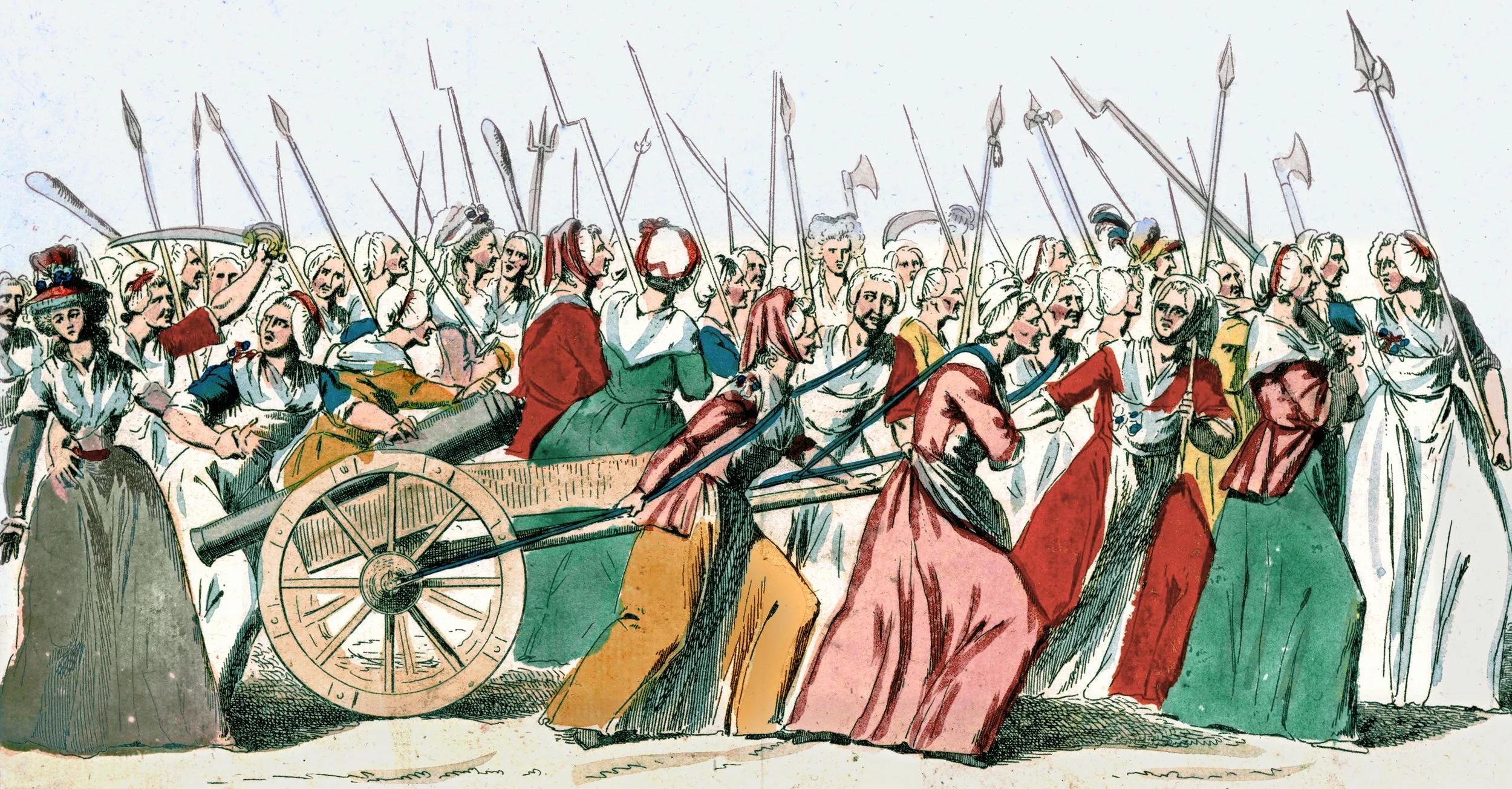
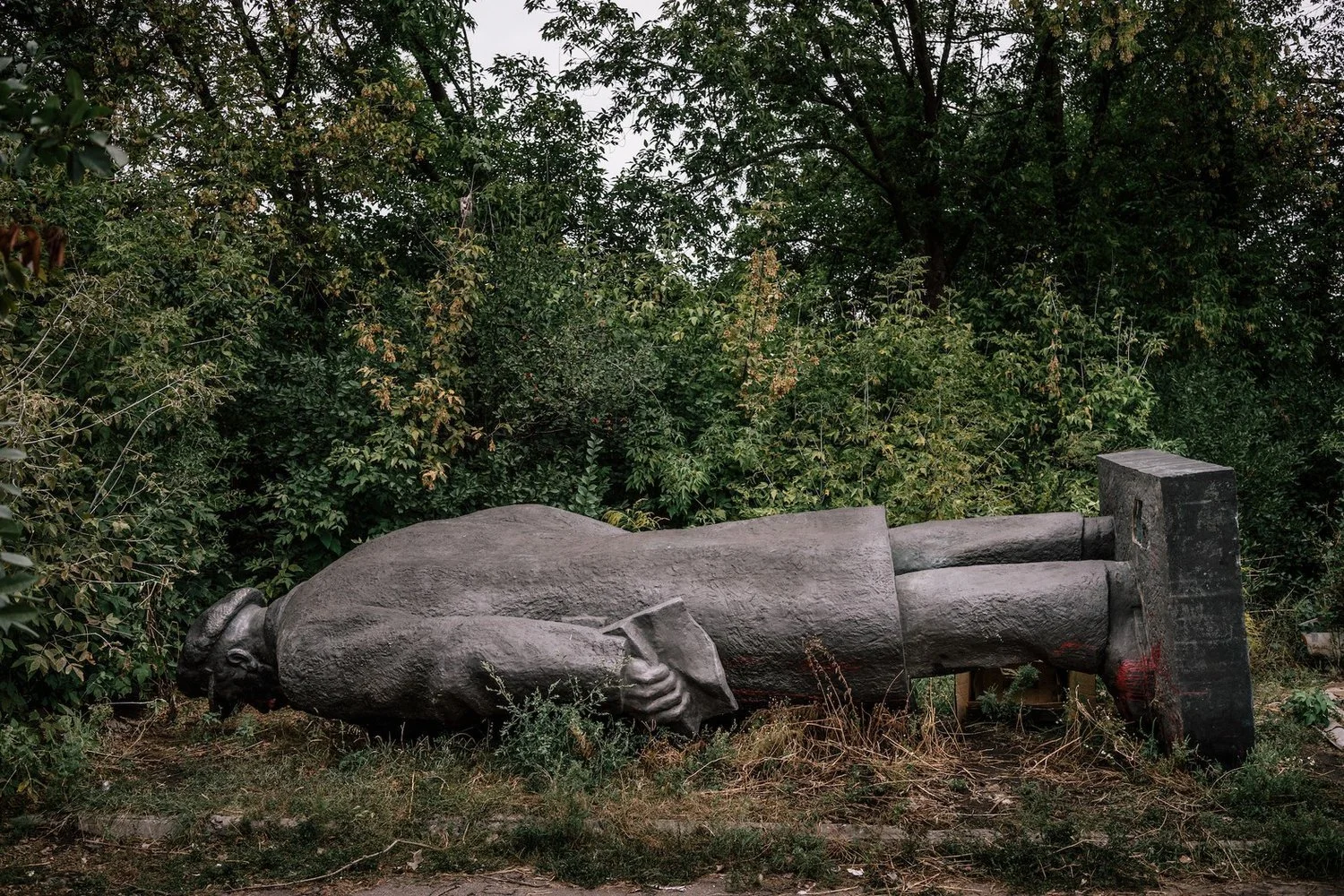

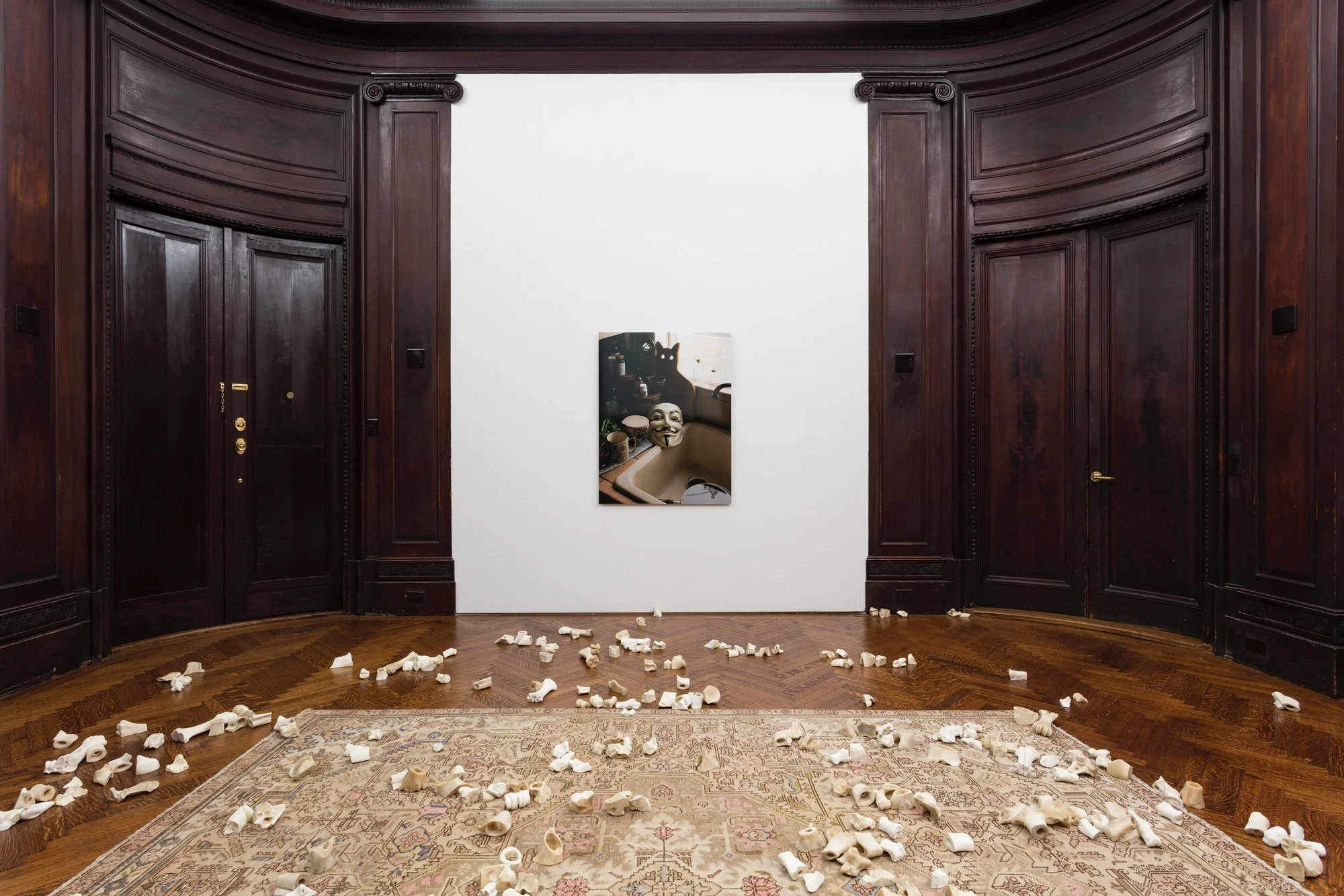
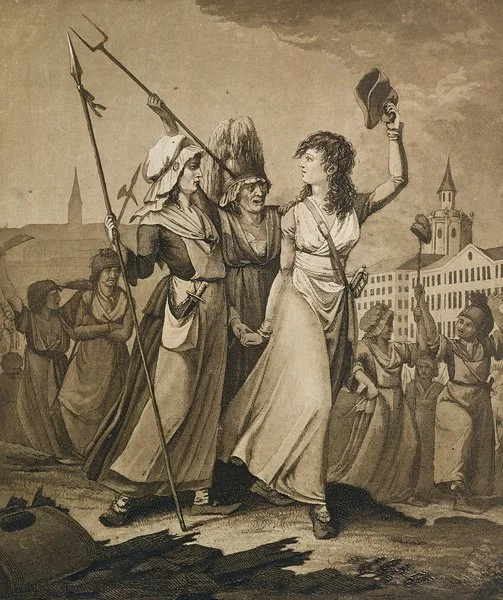
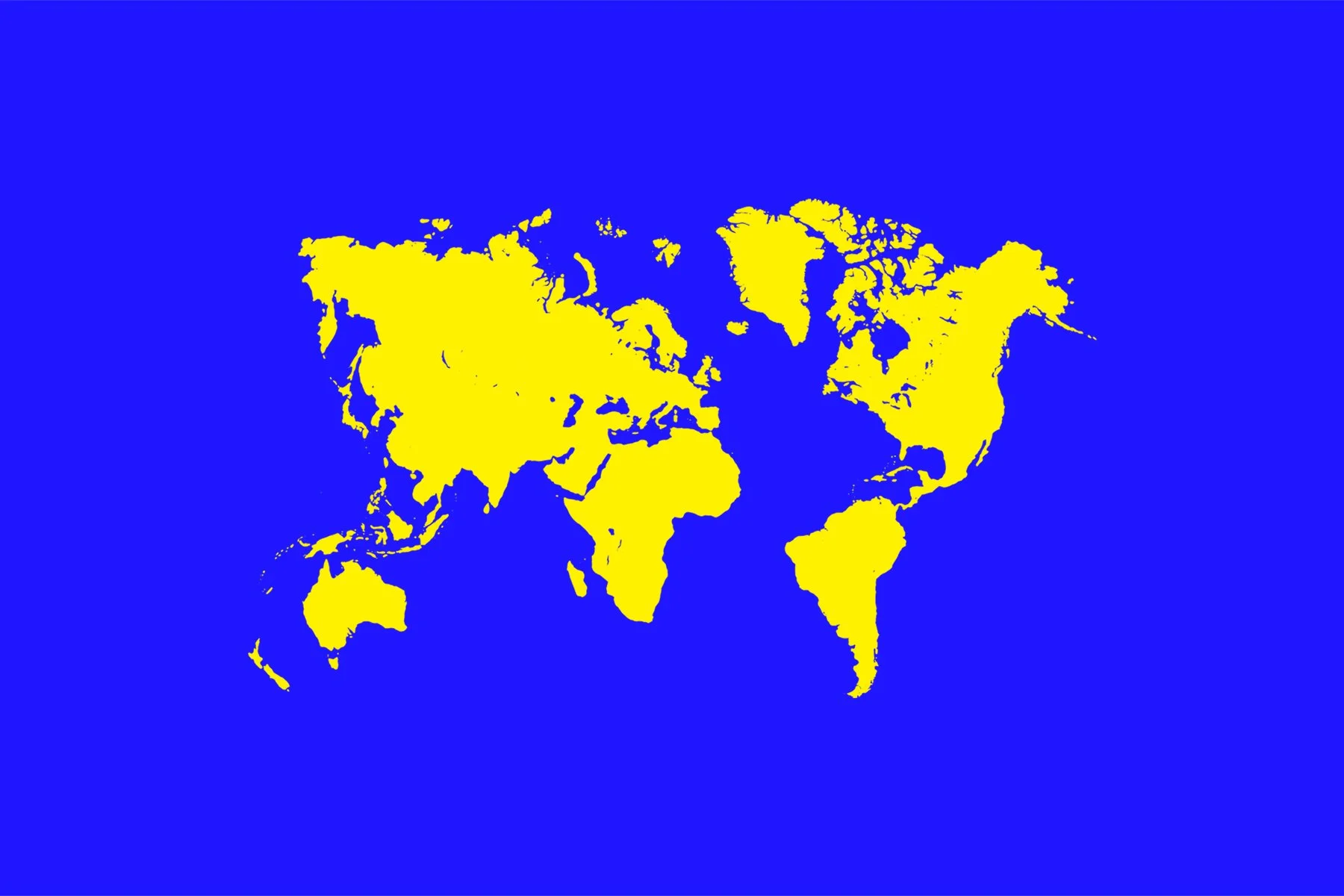
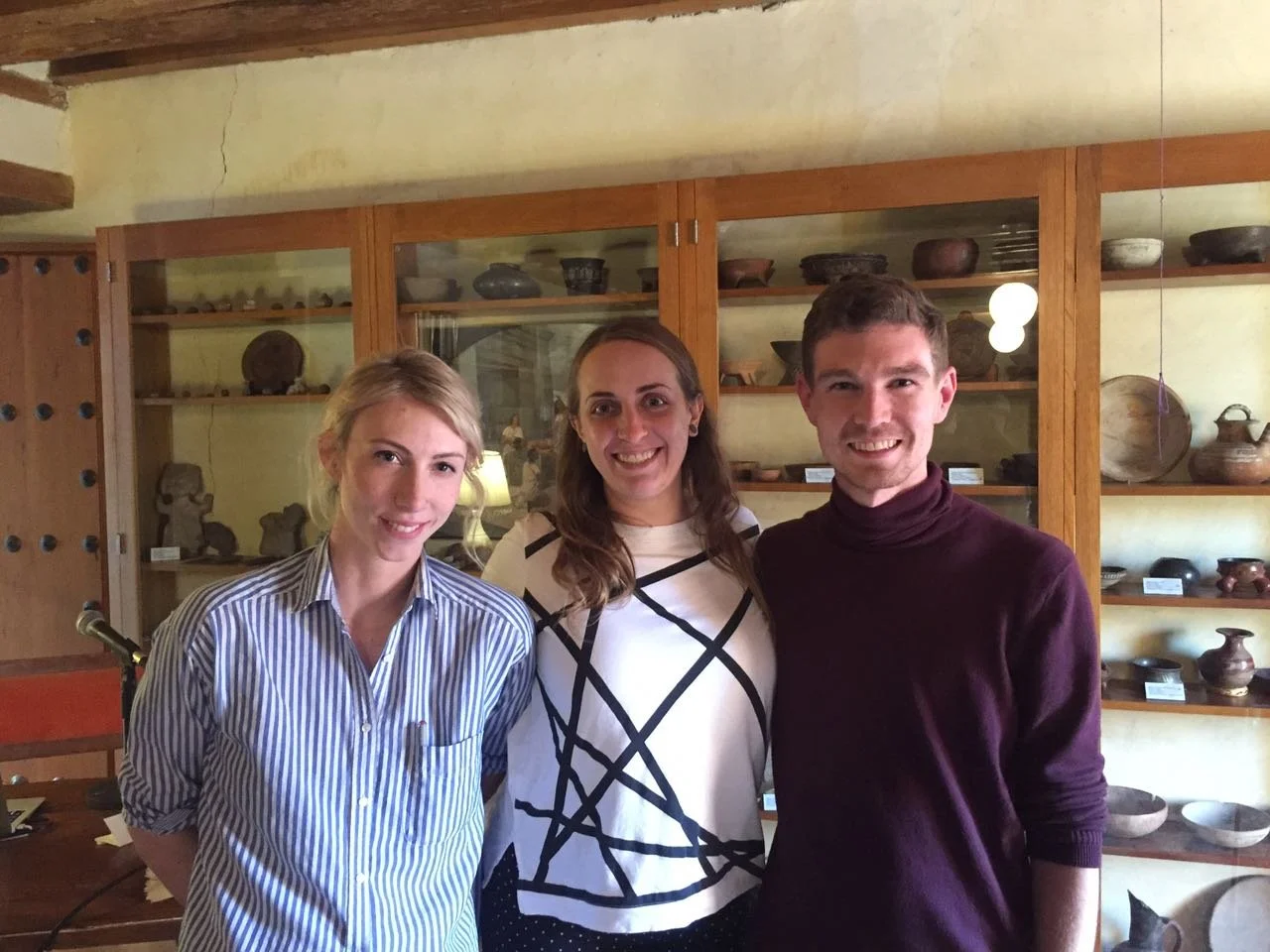
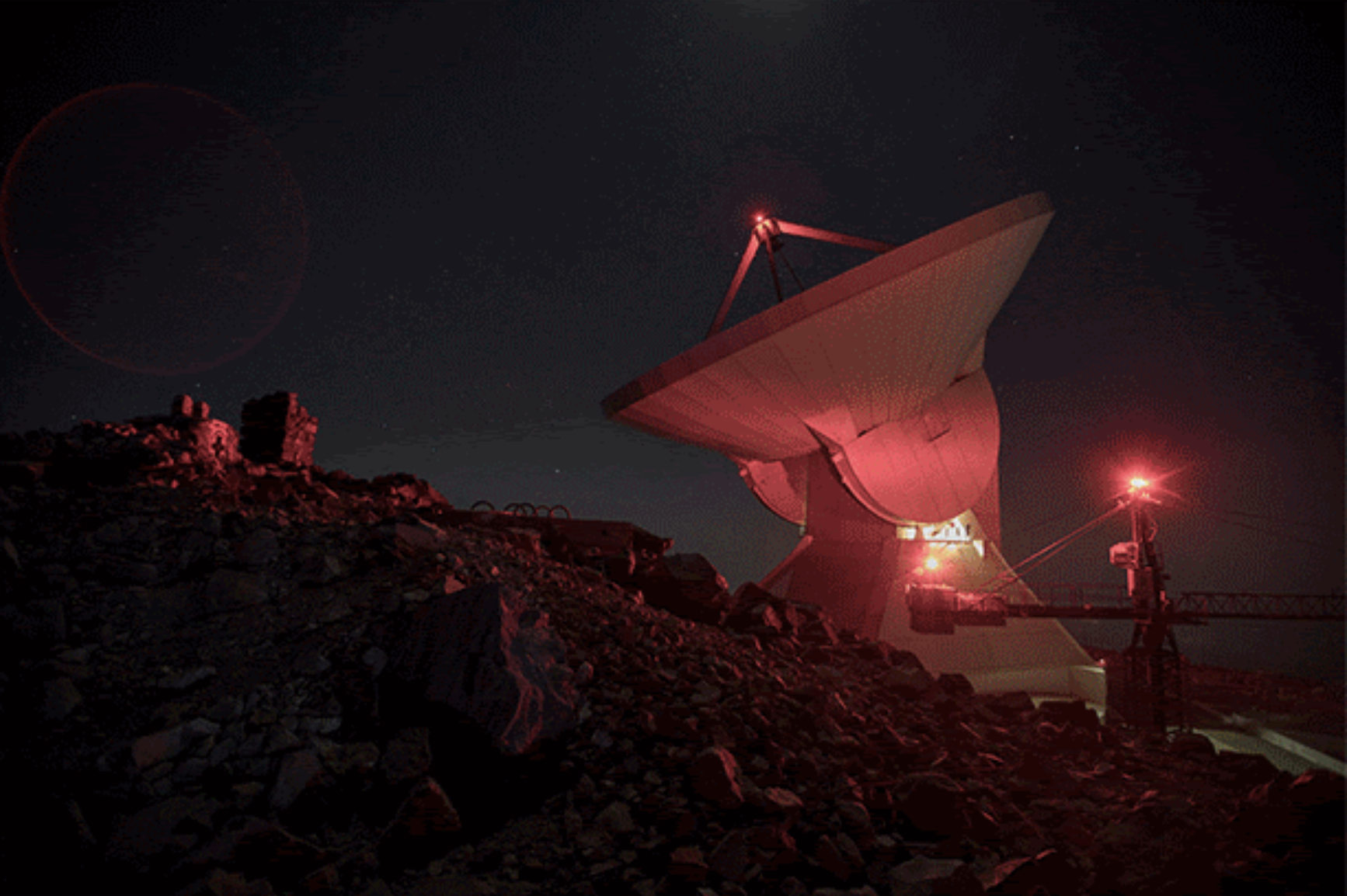

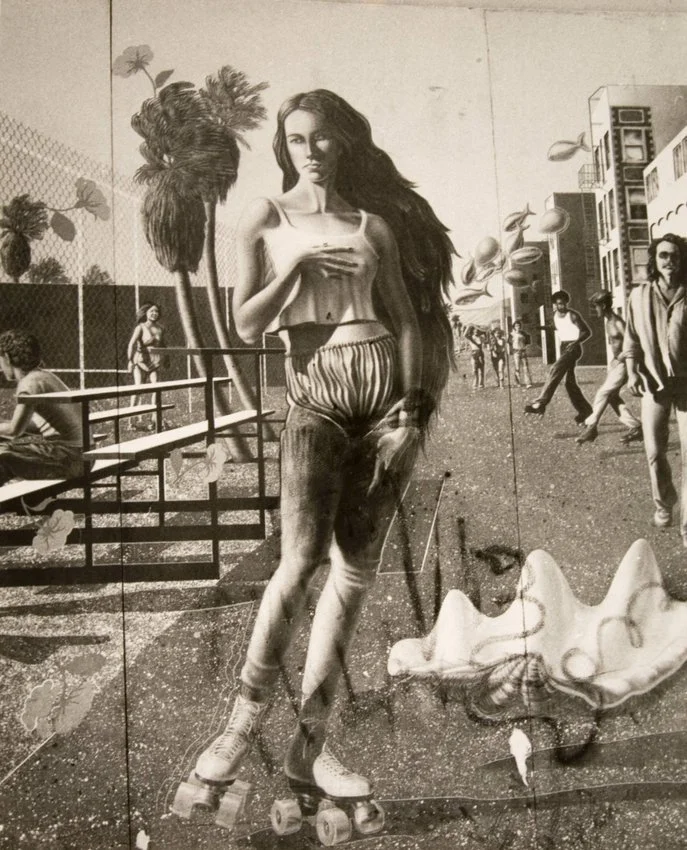




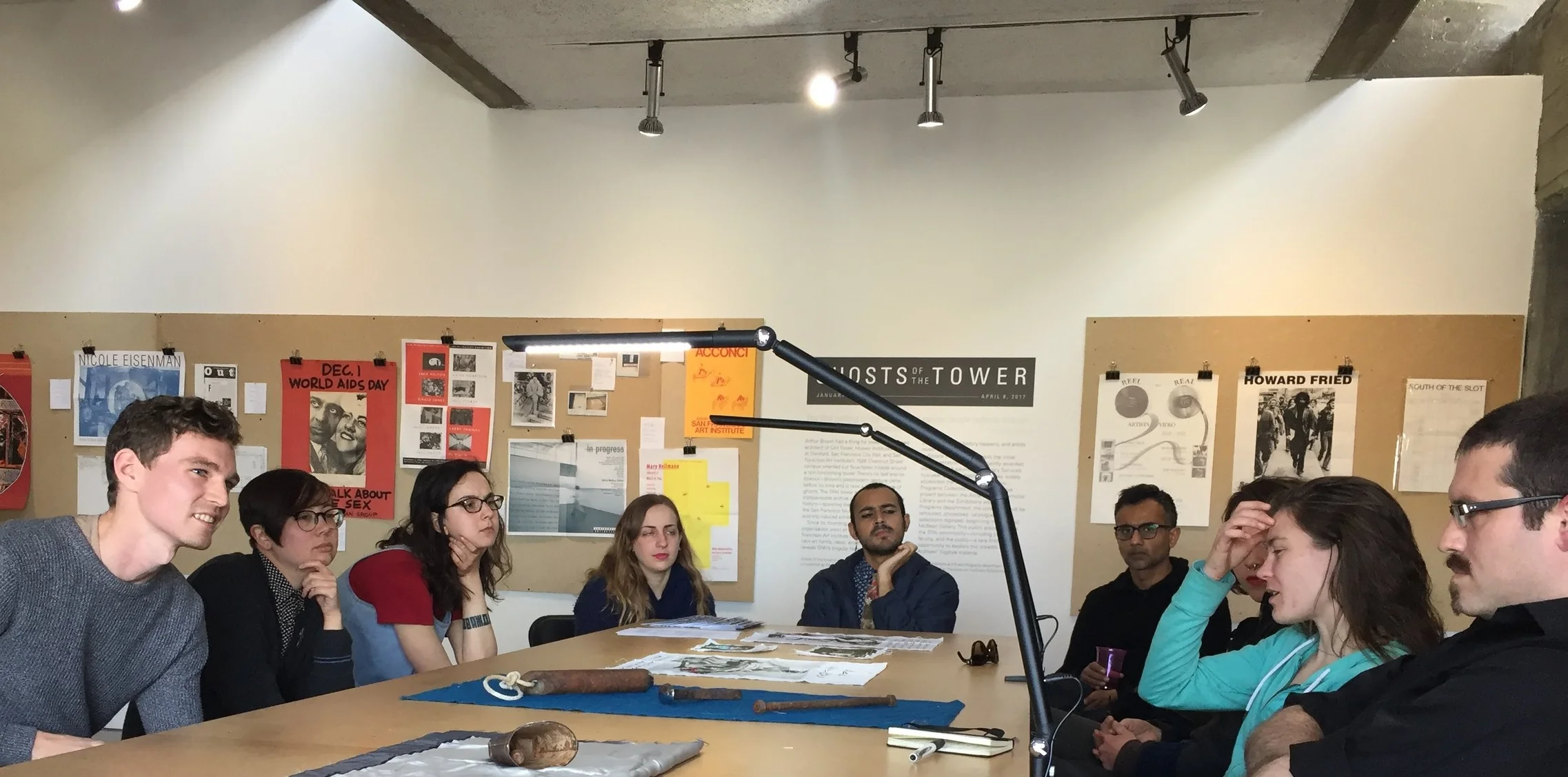
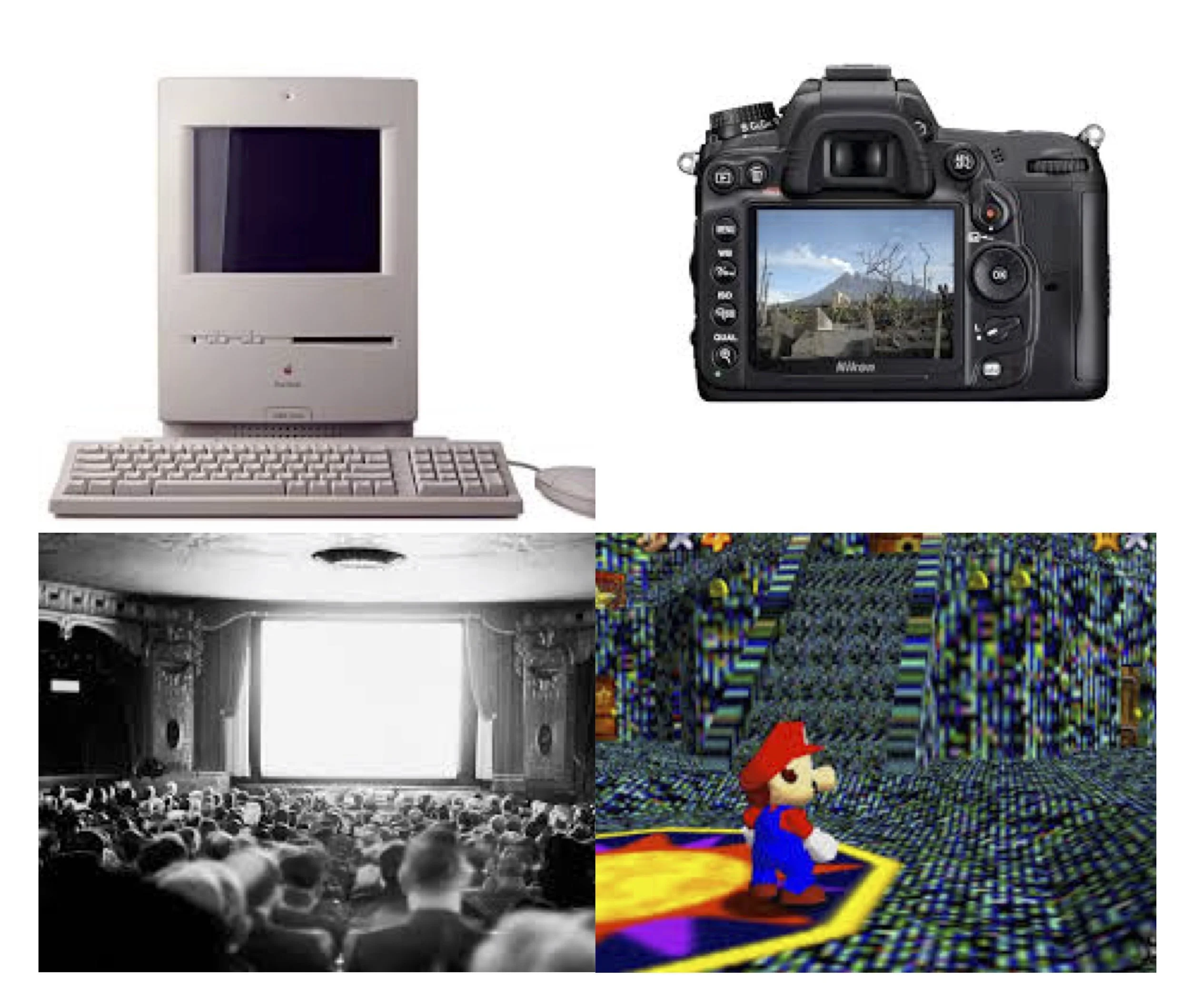
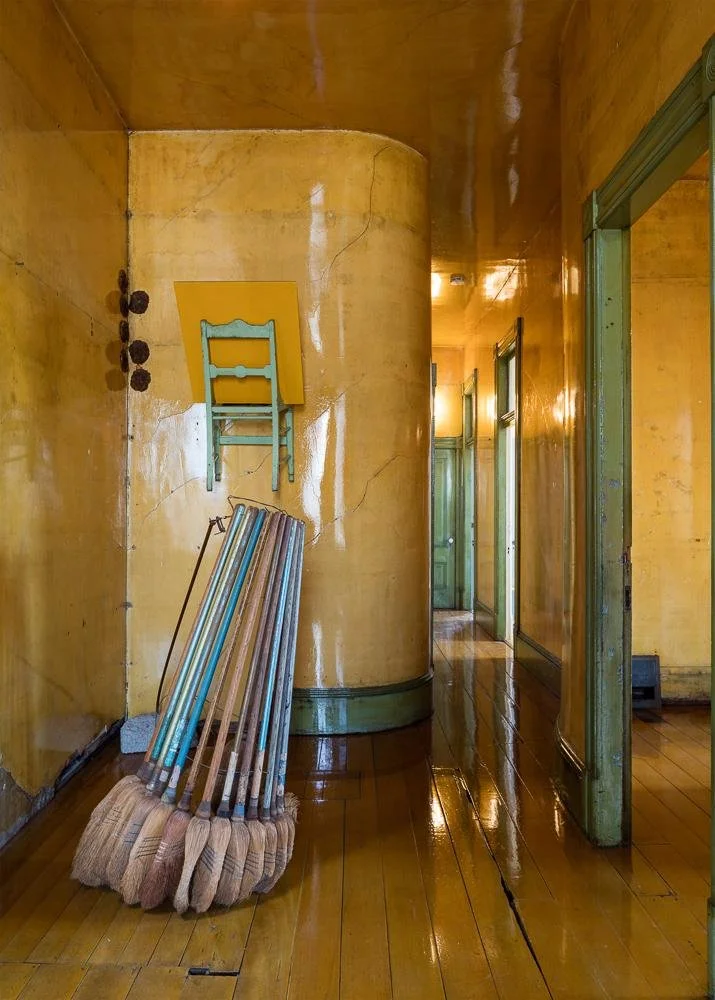
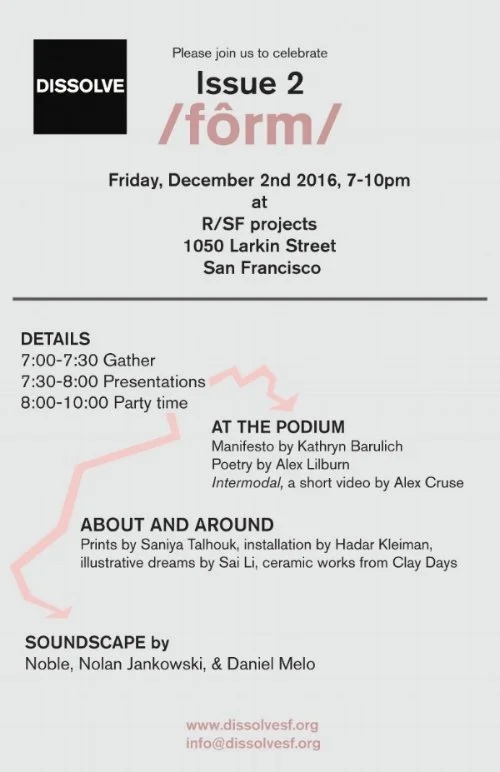

TRACE is a place for experimentation — poetry, reviews, video, documentation of an ephemeral installation or one-night exhibition, art-historical formal analysis, gossip, manifestos, web-based artwork, fiction, long-form, and more... We are currently soliciting both written and visual work to be published on a rolling basis.